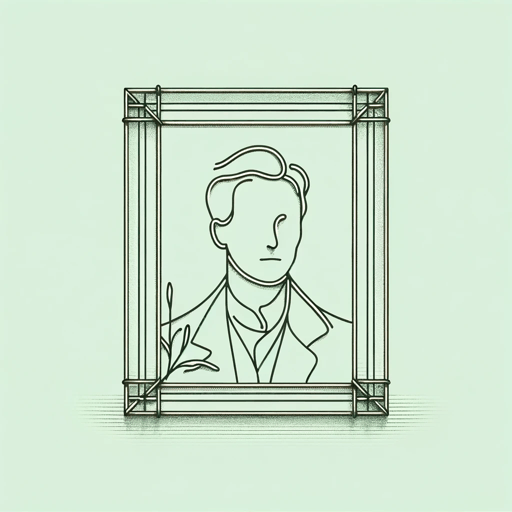60 pages • 2 hours read
Henry JamesThe Portrait of a Lady
Fiction | Novel | Adult | Published in 1881A modern alternative to SparkNotes and CliffsNotes, SuperSummary offers high-quality Study Guides with detailed chapter summaries and analysis of major themes, characters, and more.
Literary Devices
Point of View
The narrative perspective Henry James employs in Portrait is one of the most unique and critically contested aspects of the novel. James begins with third-person omniscient narration, which shifts among the perspectives of Isabel, Ralph, and Mrs. Touchett, among others. The narrator is a minor character, who sometimes uses the first person, addressing the reader directly and commenting on the characters.
Typical of Victorian novels, omniscient narration means that the narrator has complete access to some or all characters’ thoughts and feelings. However, James subverts expectations of omniscient narration in Portrait. For example, the narrator draws attention to elements of narrative that have been lost: “Of what Isabel then said no report has remained” (44). This produces uncertainty and ambiguity for the reader, who doesn’t know which information they will and won’t have access to.
The narrator gradually begins to withhold more information from the reader. The narrative then skips forward in time and operates for a while at a remove from Isabel’s interiority and her decision to marry Gilbert. It returns to her perspective and focuses intently on her subjective experience toward the novel’s end.
Related Titles
By Henry James

Daisy Miller
Henry James

Roderick Hudson
Henry James

The Ambassadors
Henry James

The American
Henry James

The Aspern Papers
Henry James

The Beast in the Jungle
Henry James

The Bostonians
Henry James

The Golden Bowl
Henry James

The Jolly Corner
Henry James

The Real Thing
Henry James

The Turn of the Screw
Henry James

The Wings of the Dove
Henry James

Washington Square
Henry James

What Maisie Knew
Henry James

